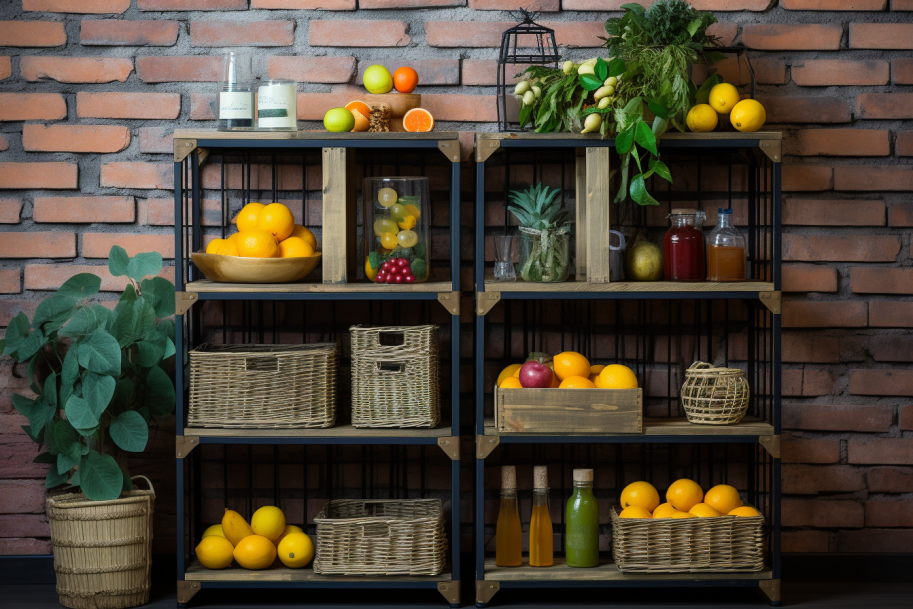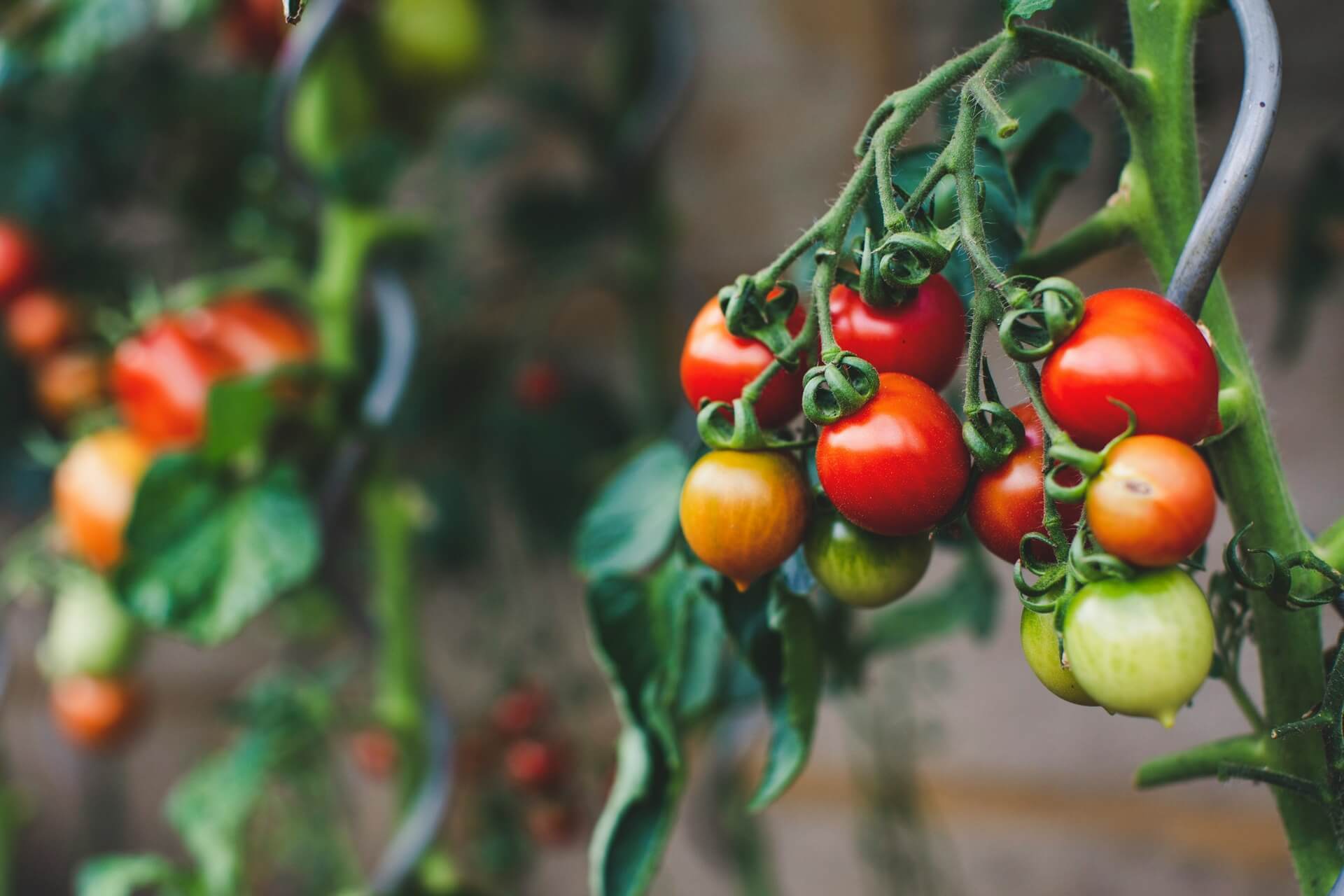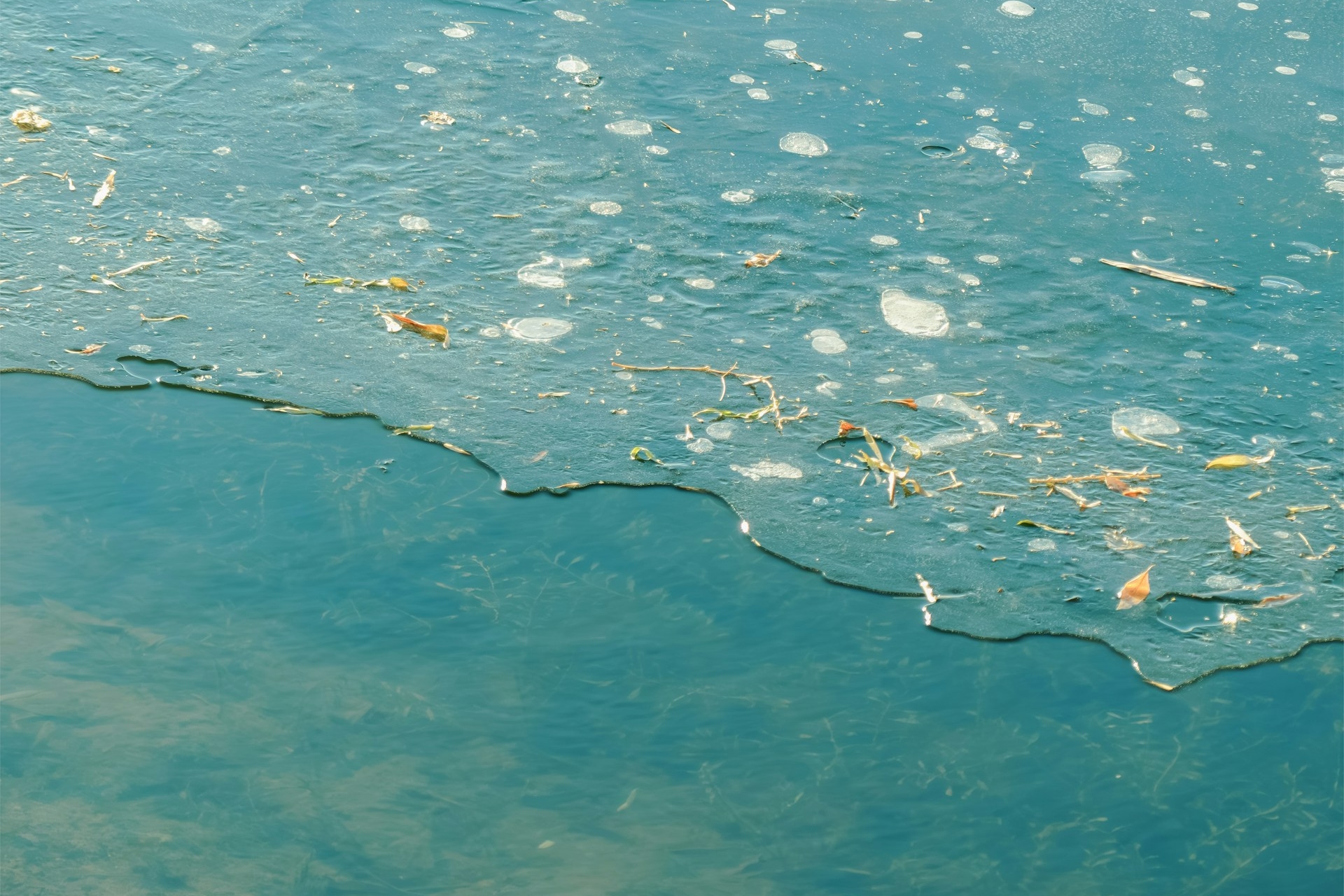
How to Achieve a Plastic-Free Lifestyle
August 28, 2018 - Emily Newton
Revolutionized is reader-supported. When you buy through links on our site, we may earn an affiliate commission. Learn more here.
Plastic is an enormous part of our daily lives. It’s in the pens we use at work, the computers we carry with us and even the lunches we pack every day. It is one of the most useful, versatile tools in our arsenal, but it’s also one of the most significant environmental problems that we’re facing. Literal tons of plastic are clogging up our oceans — the largest being the Great Pacific Garbage Patch, which sits between Hawaii and California and is twice the size of the state of Texas. In response to this, many people are vowing to live a plastic-free lifestyle — but for others, that is easier said than done. If you want to try to use less plastic in your life, here are three tips to help you get started.
Go Reusable
We take disposable plastic items for granted. We use plastic grocery bags, plastic water bottles and plastic straws, then toss them in the garbage when we’re done. One of the first things you can do to help you live a plastic-free lifestyle is to make it a point to use reusable items, such as:
- Shopping Bags: Cloth reusable shopping bags can hold more than plastic grocery bags. Plus, you can use them repeatedly, and they biodegrade quickly when they finally break down.
- Water Bottles: Reusable glass or stainless-steel water bottles can easily replace single-use disposable water bottles — and they might even be better for you than reusable plastic bottles.
- Storage Containers: Plastic Tupperware is considered reusable, but when it gets stained or smelly, you toss it out just like other plastic waste. Instead, opt for glass or stainless-steel storage containers. They’re infinitely more reusable because they don’t stain or collect food smells like plastic does, and you can recycle them when you’re done with them. You could even take them with you when you go out, so you don’t end up bringing home leftovers in a ton of plastic or Styrofoam containers.
- Straws: We use and discard upwards of 500 million plastic straws on a daily basis, and many of them end up in the ocean, becoming part of that massive plastic garbage patch. Disposable paper straws are one alternative, but reusable stainless ones are a better choice.
- Silverware: The same thing goes for flatware. Don’t buy or use plastic cutlery — opt for reusable, washable options instead.
Switching to reusable options for one or more of these everyday items can be an excellent way to start cutting plastic out of your life.
Start in the Kitchen
How many plastic bottles, jugs and containers do you have in your kitchen? This is another beautiful place to start living a plastic-free lifestyle. You have several ways to make changes in the kitchen, including the following:
- Get a Juicer: If you enjoy juice, invest in a juicer and make your own. It will be better for you — especially since many juices contain artificial sugar and preservatives. If you prefer soda for your sweet drink, a Soda Stream can help you make custom soda flavors without filling your house with plastic soda bottles.
- Buy Fresh Food: Buying fresh bread not only tastes better, but if you’re buying directly from the baker, you might be able to avoid the plastic bag that store-bought grocery bread comes packaged in. Fresh fruit and vegetables from the farmers market can save you from the plastic containers and bags these foods are stored and shipped in, too. If you don’t want your soft fruits to get squished, bring some of your own reusable glass or steel containers to the farmer’s market with you. You can often do the same for your meat if you shop at Whole Foods or an actual butcher’s shop. Look for milk in glass bottles, and unwrapped cheese — it tastes a lot better than the wrapped stuff anyway.
- Skip Frozen Foods: First off, frozen foods full of sodium and extra preservatives, so they’re not healthy for you. On top of that, they’re always packed in plastic, or cardboard lined with plastic.
- Avoid Chewing Gum: There’s even plastic hiding in places where you’d never suspect it – like your chewing gum. Along with being wrapped in plastic, the gum itself is actually a type of plastic, too.
Use Green Cleaning Products
Green cleaning products are many and varied — some products claim to be green but really aren’t, and most of them still come packaged in plastic bottles. Most kitchen sponges are made from plastic, which is why they’re wrapped in plastic, as well — they have to stay moist during shipment.
Baking soda, which comes in a cardboard box, and vinegar, which you can purchase in glass bottles, both make versatile cleaning materials. Bar soap for cleaning your dishes is also a great option because it, too, comes in a cardboard box. If you need the extra scrubbing power, opt for steel wool or copper scrubbers.
Homemade laundry soap is cheaper, better for your clothes and can be made without any plastic at all. If you already have a Swiffer mop or other similar dust mop, use reusable cleaning cloths instead of the disposable ones. If you don’t have a Swiffer mop, you don’t need one — they’re primarily made of plastic and won’t contribute to your goal to lead a plastic-free lifestyle.
Small Changes Lead to Big Changes
You have plenty of options to help you reduce your home’s plastic use — these are just some of the easiest. Eliminating plastic from your life entirely is tricky in a world that uses so much of it, but it will make a difference if enough of us strive to live a plastic-free life. Eventually, the manufacturers will realize they don’t need as much plastic in their packaging — because it’s causing their customers to choose other products.
Revolutionized is reader-supported. When you buy through links on our site, we may earn an affiliate commission. Learn more here.
Author
Emily Newton
Emily Newton is a technology and industrial journalist and the Editor in Chief of Revolutionized. She manages the sites publishing schedule, SEO optimization and content strategy. Emily enjoys writing and researching articles about how technology is changing every industry. When she isn't working, Emily enjoys playing video games or curling up with a good book.







